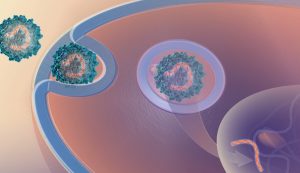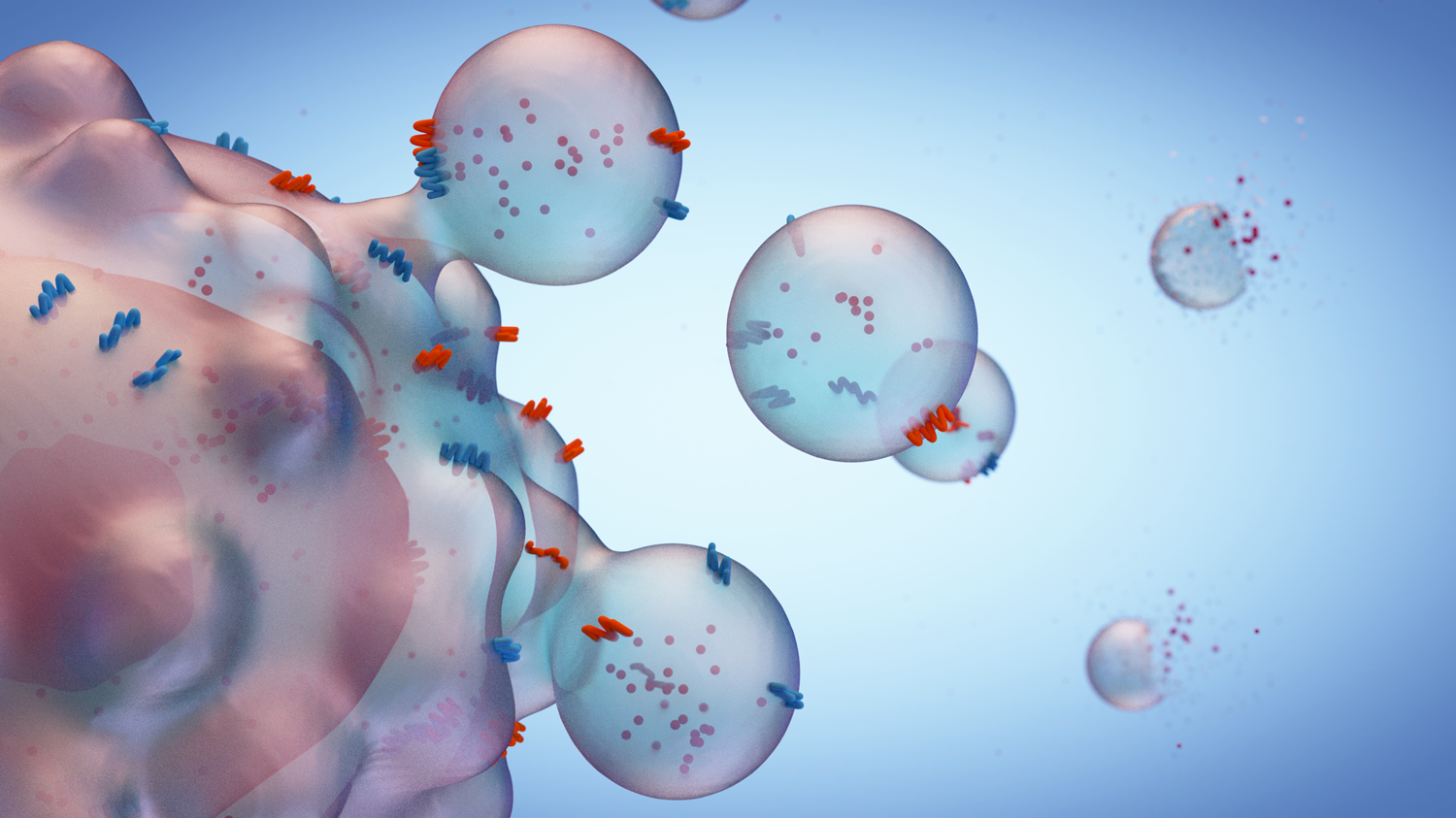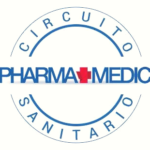Gene Therapy, a cutting-edge biotechnology discipline, holds revolutionary promise in the treatment of a wide range of diseases.
Gene therapy is based on the precise manipulation of genetic material within cells, with the goal of correcting the underlying causes of pathologies that have historically challenged conventional medicine.
The constant advances in gene therapy are redefining the medical landscape, bringing renewed hope to patients suffering from hereditary diseases, cancer, and even persistent infections.
What is Gene Therapy?
Gene therapy is an innovative medical technique that seeks to modify the genetic material of an individual’s cells with the goal of treating or preventing disease.
In its most common form, it involves introducing a healthy gene into cells to replace a defective gene that is causing the disease. However, it can also involve disabling a gene that isn’t working properly, introducing new genes with specific functions, or even editing defective genes to correct their function.

Origins and Evolution of Gene Therapy
The dawn of gene therapy dates back to the final decades of the 20th century, when scientists began to understand the intricate relationship between genes and disease. Early attempts, although pioneering, faced significant technical and safety obstacles. The efficiency of delivering therapeutic genetic material to target cells was limited, and significant concerns arose about the possibility of triggering adverse immune responses or the random insertion of genetic material into the genome, which could have unintended consequences.
However, the determination of the scientific community and continued technological advances have paved the way for a new era of gene therapy.
The development of safer viral vectors with greater tropism for specific cell types, along with the exploration of nonviral methods for gene delivery, have significantly improved the efficacy and safety of gene therapy.
Importance of Gene Therapy:
- They can replace a missing gene or one that is causing a problem.
- They can add genes to the body to help treat diseases.
- Or they can disable genes that are causing problems.
Function of Gene Therapy:
- The DNA of the body’s cells is modified, introducing a new gene or replacing a defective gene.
- The vector can be introduced into or out of the body.
- It can be used to treat monogenic diseases, such as sickle cell anemia, hemophilia, cystic fibrosis, among others.
- It can be used to treat multifactorial diseases, such as diabetes, hypertension, and coronary heart disease.
- A vector containing the desired gene is used.
- It can be used to treat infectious diseases, such as AIDS, hepatitis, or herpes.
- It can be used to treat degenerative neurological diseases, such as Alzheimer’s disease and Parkinson’s disease.
Types of Gene Therapy:
- Gene addition. Stem cells are collected from the patient and taken to the laboratory for modification.
- Gene Silencing. Stem cells are collected from the patient and taken to the laboratory for modification.
- Gene correction.
Gene Editing Tools: A Revolution in Precision
One of the most significant milestones in the evolution of gene therapy has been the emergence of gene editing tools, with CRISPR-Cas9 as its most prominent exponent. This innovative technology gives scientists the ability to modify DNA with unprecedented precision.
Acting as a “molecular scalpel,” CRISPR-Cas9 enables the correction of specific genetic mutations that are at the root of numerous diseases. Continued advances in gene editing are driving the development of gene therapy therapies that are increasingly targeted and tailored to each patient’s individual needs.
Other gene editing tools, such as TALENs and zinc finger nucleases, are also contributing to the gene therapy arsenal, offering alternative approaches for precise genome manipulation.
Continued research in this field promises to further refine these tools, improving their specificity and minimizing potential off-target effects in gene therapy applications.

Viral and Non-Viral Vectors: Gene Delivery Strategies
The efficient and safe delivery of therapeutic genetic material to target cells is a critical component of successful gene therapy. Viral vectors, which are viruses genetically modified to carry genetic material without causing disease, have been a cornerstone in the development of gene therapy.
Adenoviruses, adeno-associated viruses, and retroviruses are some of the types of viral vectors that have been adapted for use in gene therapy. Advances are focused on engineering these vectors to increase their safety, improve their carrying capacity, and specifically target them to the desired cell types for gene therapy.
In addition to viral vectors, non-viral methods for gene delivery in gene therapy are being actively explored. These include the administration of plasmid DNA, liposomes, and nanoparticles.
While non-viral methods generally pose a lower risk of immunogenicity, their gene transfer efficiency is often lower compared to viral vectors. Technological advances are aimed at improving the efficiency of non-viral methods to expand delivery options in gene therapy.
Clinical Applications of Gene Therapy: A Horizon of Possibilities
The spectrum of clinical applications for gene therapy is vast and continues to expand as research advances. Numerous clinical trials are underway worldwide to evaluate the safety and efficacy of gene therapy in the treatment of a wide range of diseases.
- Inherited Diseases: The gene therapy offers the promise of correcting genetic mutations that cause inherited diseases such as cystic fibrosis, hemophilia, muscular dystrophy, sickle cell anemia, and thalassemia.
- By addressing the underlying genetic cause, the gene therapy could provide a lasting cure or at least significantly improve patients’ quality of life.
- Cancer: gene therapy represents an innovative approach to the fight against cancer. In this type of gene therapy, a patient’s immune cells are genetically modified to more effectively recognize and attack cancer cells.
- CAR-T cell therapies, where T cells are equipped with chimeric antigen receptors to attack specific cancer cells, are a successful example of gene immunotherapy.
- Infectious Diseases: Gene therapy is also being investigated as a strategy to combat infectious diseases such as HIV. Approaches include genetically modifying immune cells to make them resistant to the virus or to directly attack infected cells.
- This new breakthrough in medicine could offer new tools for managing chronic and viral infections.
- Other Diseases: Gene therapy research is extending to other areas, such as neurodegenerative diseases (e.g., Parkinson’s disease and Alzheimer’s disease), cardiovascular diseases, and autoimmune diseases. While these applications are still in earlier stages of development, gene therapy holds significant potential for addressing these complex conditions.
Challenges and Ethical Considerations in Gene Therapy
Despite the remarkable progress and immense potential of this breakthrough in medicine, significant challenges remain that must be carefully addressed.
- Cost: The high cost of many gene therapies currently available or in development poses a challenge for equitable access. It is crucial to find ways to reduce production and delivery costs to make this technique accessible to a broader population of patients who could benefit from it.
- Long-Term Safety: While technological advances have improved the safety of gene therapy, close long-term patient follow-up is essential to assess the persistence of therapeutic effects and detect any late side effects.
- Targeted Delivery: Achieving precise and efficient delivery of therapeutic genetic material to target cells without affecting other tissues remains a challenge. Advances in vector engineering and delivery methods are critical to improving the specificity of gene therapy.
- Ethical Considerations: Manipulation of the human genome raises important ethical and social issues. Continued debate is needed regarding the limits of this new advancement, informed consent, the potential for misuse for genetic enhancement, and equity in access to gene therapy.

The Future of Gene Therapy: A Path to Precision Medicine
The future of medicine with gene therapy looks promising, driven by continued technological innovation and an ever-deeper understanding of the human genome. New frontiers in gene delivery are being explored, such as the use of exosomes, extracellular vesicles that can transport biological molecules into cells.
Advances in synthetic biology are enabling the design of sophisticated genetic circuits that can regulate the expression of therapeutic genes more precisely.
The convergence of gene therapy with other areas of medicine, such as genomics, proteomics, and artificial intelligence, is paving the way for truly personalized precision medicine.
In the future, gene therapy could be tailored to each patient’s unique genetic makeup, maximizing efficacy and minimizing side effects.
Furthermore, research into base editing, a technique that allows for the correction of point mutations without cutting the double-stranded DNA, offers greater precision and potentially greater safety in the applications of the gene therapy.
These advances are expanding the range of genetic diseases that could be treatable through gene therapy.
Summary of methods used in Gene Therapy:
- Consist of developing vaccines.
- Introducing genes that hinder viral replication.
- Activating the immune system.
- Preventing the virus from infecting healthy cells.
- Performing suicide gene therapy.
- Introducing genes that produce ribozymes that degrade viral RNA and express genes.
Conclusion
In conclusion, gene therapy represents a transformative paradigm in medicine. Through the precise manipulation of genetic material, it offers the possibility of addressing the root causes of numerous diseases.
While significant challenges remain, continued technological advances and a growing understanding of human biology are propelling the field toward a future where this technological advancement can alleviate suffering and improve the lives of millions of people worldwide.
Gene Therapy is not just a promise, but an ever-evolving reality that is redefining the boundaries of what is possible in medicine. Furthermore, it continues to advance, offering hope where there was none before, and is the future of medicine for many diseases.
Currently, there are some approved gene therapies for certain diseases, and research continues to advance, offering hope for the treatment of many other genetic and acquired conditions, such as some types of cancer and infectious diseases.
I invite you to read another interesting article:
Mental Wellness: 1 Real Future with AI
Font:
https://www.mayoclinic.org/es/tests-procedures/gene-therapy/about/pac-20384619









